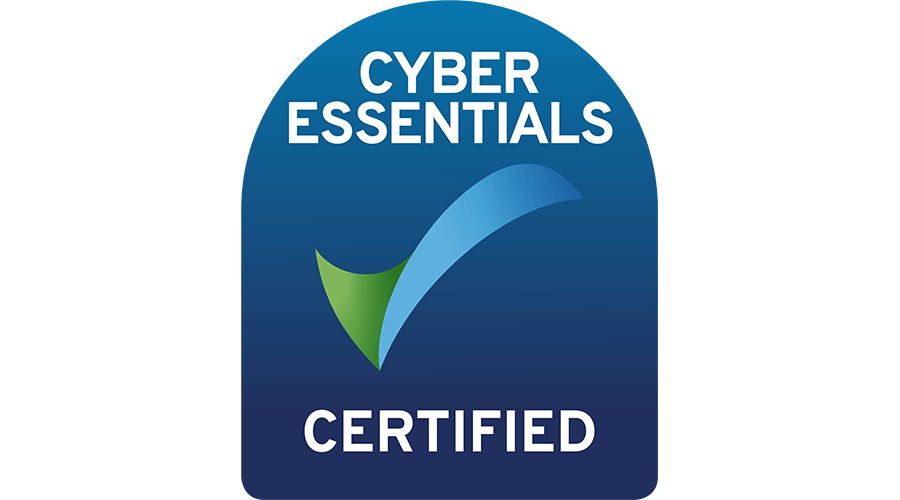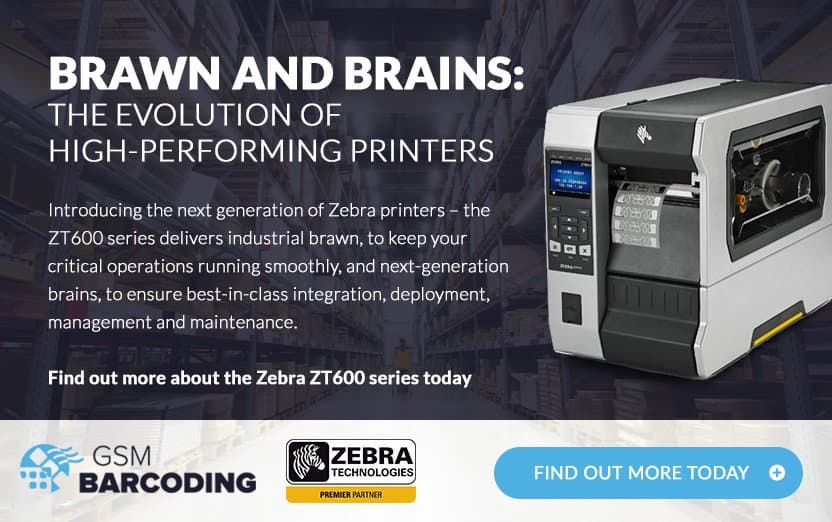Since the first barcode was scanned over 40 years ago, barcodes have become an essential part of all organisations’ operations. Due to this popularity, they have been employed significantly within virtually every business sector.
Retail and hospitality have thrived thanks to the successful implementation of digital barcode systems. Even industrial manufacturing and medical research have benefited from barcode labels.
It’s a common phrase that you need the right tools for the job, and it’s the same with barcodes. By making sure your barcodes are the most appropriate for your business’s needs, you can significantly improve your business’s efficiency and productivity. Of course, the role of a barcode will depend on its design, otherwise known as its symbology.

What is Barcode Symbology?
The essence of a barcode is that it’s a code sequence that is linked to a data file. Using barcode symbology for Auto-ID allows for a significant increase in working speed as your computer connected scanner can instantly read these barcode labels and update your database accordingly.
Different types of barcodes are called symbologies. Barcode symbology is a name for the design and function of your barcode labels. Capacity and linearity are two factors that are considered when choosing your barcode symbology. In addition, you can select the type of encoded data, such as numeric or alphanumeric and how much will be encoded. All this data will be converted into the monochrome graphic on the barcode.
Because of the different work each sector conducts, each barcode is unique. Barcodes registered with GS1 (a global database of barcodes) all have to be unique as they are used for trading. The following are a few examples of the different barcodes used globally.
Lab Sample Labels

High-quality labels are vital with the demand for absolute accuracy within a laboratory environment. Any sample with an unreadable label will have to be disposed of and the work re-done; this is why laboratories need the unique features that come with GSM barcoding lab sample labels.
Code 128 is a popular symbology for lab sample labels due to their shortened sizes. The small size of most lab samples means that space is a premium and should be used efficiently.
QR Codes are ideal for providing a lot of information whilst taking up the smallest space. These 2D barcodes create a data matrix symbol that can hold 2,335 alphanumeric characters. Still, they cannot be read without a special scanner due to this information density, making it better for long term storage rather than immediate use.
At GSM Barcoding, we can provide the most durable medical and healthcare lab sample labels. If you have any questions about their capabilities, please contact us with the enquiry form, and one of our team will answer your questions.
Automotive labels

With all the components required for a vehicle, labels play a vital role in automotive manufacturing. In addition, automotive labels are essential for tracking the supply chain for parts, monitoring maintenance and providing safety information.
Code 39 is one of the oldest barcode symbologies. This is a linear, 1D (1 dimensional) alphanumeric code. The longevity of this classic barcode style is that it can include the entire 128 ASCll character set and has unlimited extension abilities; the physical size of the label only limits the code. You’ll also find this symbology in name badges, inventories and industrial applications.
Code 128 is similar to the previous one. It runs on the ASCll 128 character set but can be contained within smaller labels. This barcode symbology is popularly used for packaging and shipping worldwide for many sectors, including automotive.
The durability of automotive label materials makes them excellent at fulfilling this role. At GSM Barcoding, we understand the importance of surviving contact with harsh gases, chemicals and weather, but they consistently provide the required information encoded into them.
We can provide durable and efficient labels suitable for the entire automotive manufacturing process:
- We can support your [GM1] supply chain with ODETTE Pan-European & GTL automotive labels. These can be customised as either paper or synthetic, permanent or peelable and can be supplied plain or printed bespoke.
- Our under bonnet automotive labels are resistant to solvents, chemicals, and oil-based products. These durable automotive labels can have a bespoke design whilst maintaining the high adhesive requirements needed
If you have any questions about our barcode labels and how our automotive labels could assist your business, please don’t hesitate to fill in the enquiry form on the automotive labels page.
Different Types of Barcodes

UPC (Universal Product Codes) are found in retail and grocery stores. Their role hasn’t changed in decades; they assist in providing quick receipt printing and maintaining accurate inventory records.
EAN (International Article Number) is a symbology that seems precisely the same as the UPC but slightly different format. For example, EAN is used for barcode labels on books. This 13-digit code is created from the book’s ISBN (International Standard Book Number). This has become the standard symbology for books.
QR codes are not just used in lab environments. Due to the complexity of the data stored on them, they have become a phenomenal marketing tool for business. Many businesses and event managers will replace clumsy printed website addresses with a concise QR code that will take the viewer to online content or a website with the average smartphone.
Total Barcode Solutions
In this increasingly competitive business world, every piece must be working at its best, and as you can see, this also applies to your barcoding labels. At GSM barcoding, we can fulfil all your labelling needs. Please browse our bespoke design and printing services for barcode labels and stickers to explore one of our most popular services. Alternatively, explore investing in our barcode scanners and printers range for a more permanent solution to your barcoding problems.


















